Learning Center
Reading
Define evidence versus just a detail
march 17, 2016
When asked to cite evidence for their thinking, many students simply pluck out miscellaneous words and phrases from the text thinking they are citing evidence. However, often these details are just that—details. They are not evidence.
Remind students of the following statement: All squares are rectangles, but all rectangles are not squares. Then rephrase it: All evidence is a detail from the text, but all details are not evidence. In other words, simply because the detail is in the passage does not mean it counts as evidence to support a specific answer or inference.
To further clarify this concept, engage students in evidence sorts.
- Read a passage.
- Provide a factual statement about the passage.
- Provide 6-10 sentences from the original text. (Place each sentence on its own sentence strip.)
- Ask students to physically sort the sentence strips based on which details prove or support the statement and which are simply details from the text. (You might give them a reusable T-Chart to organize these sentence strips.)
Utilize Evidence Bags for this sorting activity.
Classroom images courtesy of Ashley Koney, 3rd grade teacher and reading specialist at Lace Elementary (Darien, IL).
Ashley’s colleague, Jada Gilleylen, tweeted about this activity:
3rd grade reading detectives sorting details & evidence. Thanks @SmekensEd for the evidence bags & Yes, MA’AM strategy! #d61learns
Classroom images courtesy of Jada Gilleylen, 3rd grade teacher at Lace Elementary (Darien, IL).
Heidi Morris, teacher at Monroe Central Elementary School (Parker City, IN) used the Evidence Sort as part of her instruction on the 5 steps to make an inference. She made her own Evidence bags with gallon freezer bags and sticky notes. Her students loved the activity.
Classroom images courtesy of Heidi Morris, 3rd grade teacher at Monroe Central Elementary (Parker City, IN).
When executing any sorting activity, make sure students work in pairs or groups. This will force them to verbalize their thinking to their peer(s). It’s in this rationalization of whether the sentence is truly evidence or just a detail that you have a window into their thinking. Based on what they are saying, you can fine-tune their understanding of what counts as supporting evidence.
Take note, provide students with the factual statement to sort evidence for. This keeps them focused on determining evidence (versus having to make the inference and determine the evidence).
These first sorts should include factual statements that have obvious textual evidence. However, as students are ready, provide more debatable claims with less obvious evidence for them to work through. Again, listen to their oral justifications with peers to see what and how they are thinking.

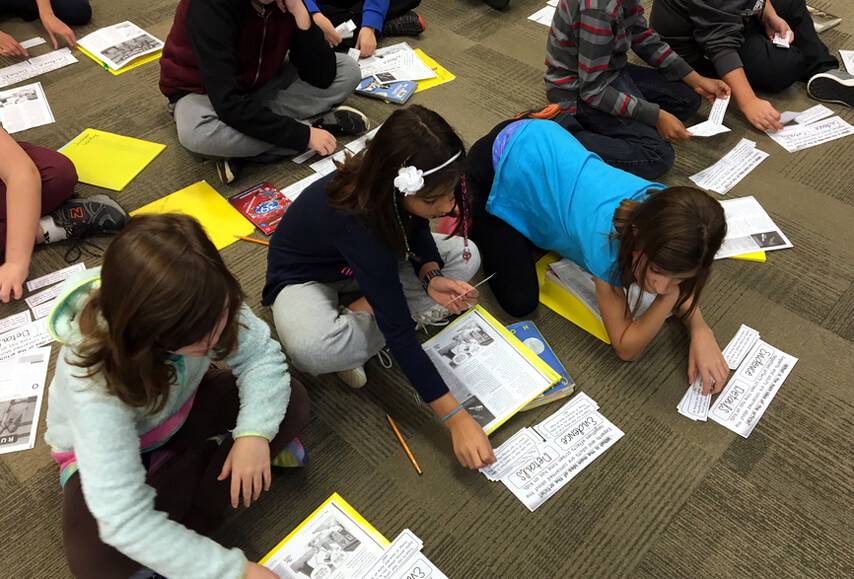
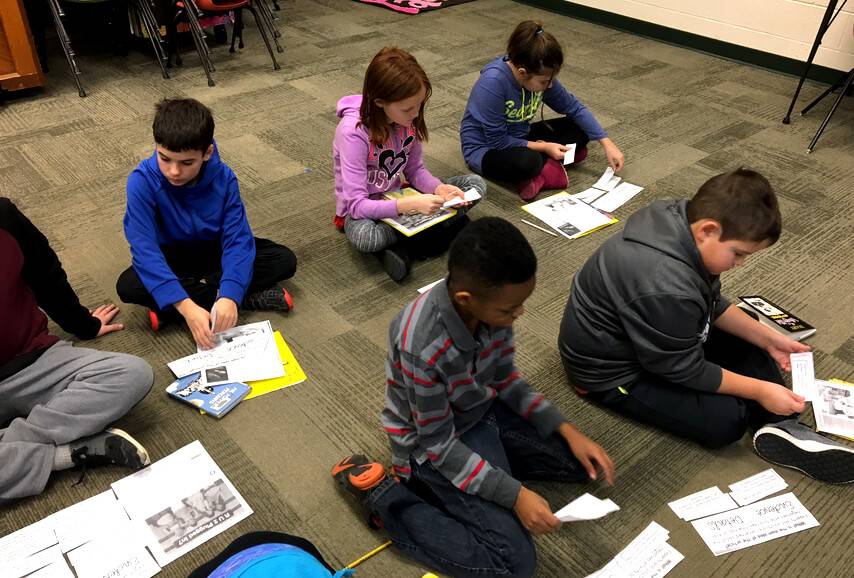
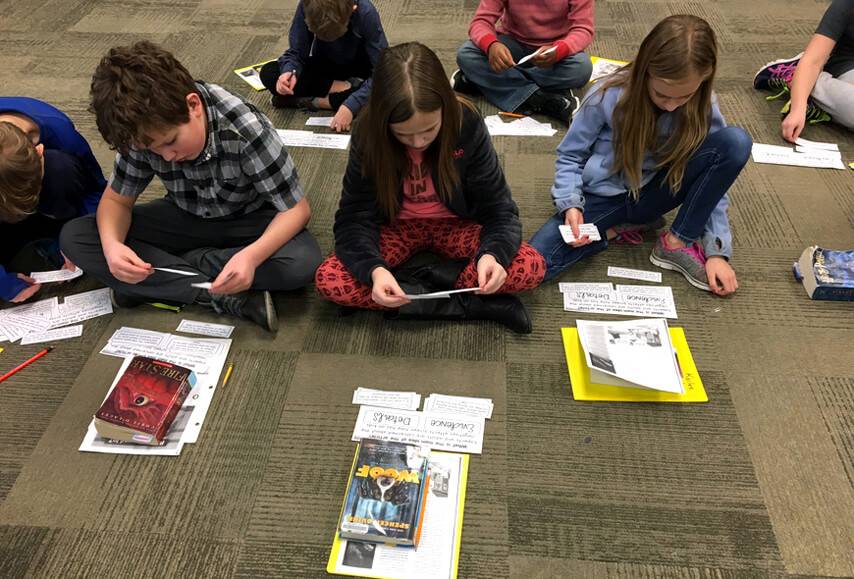
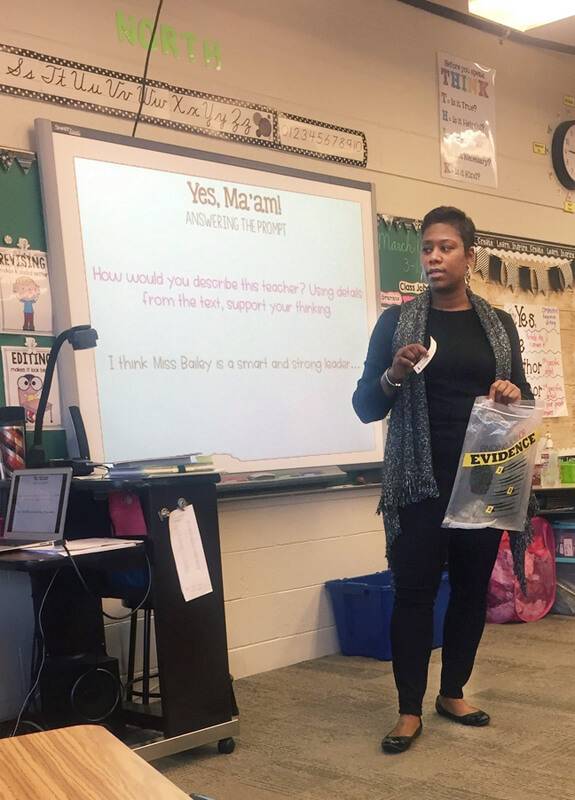
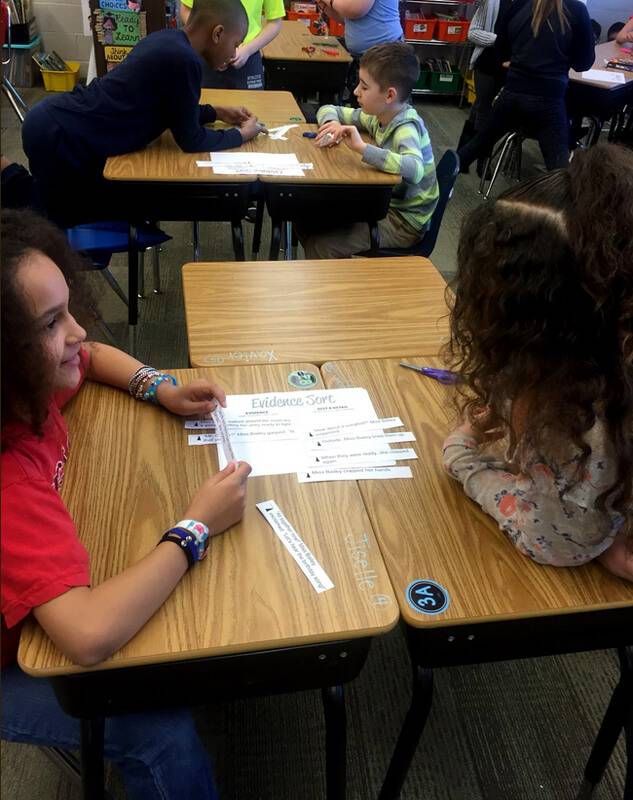
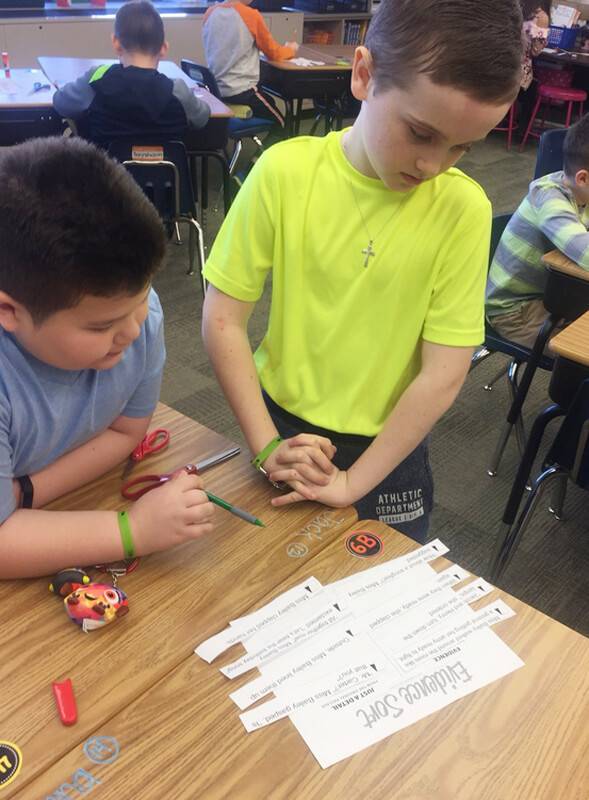
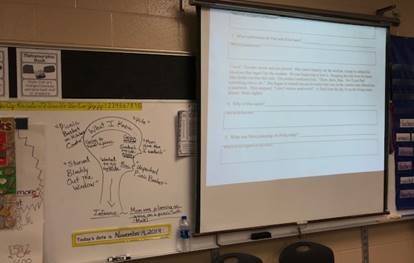
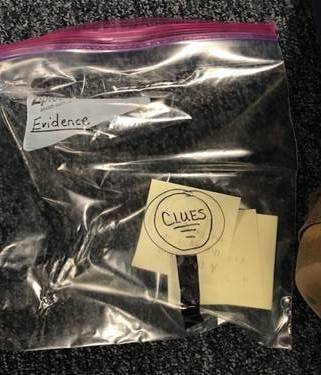
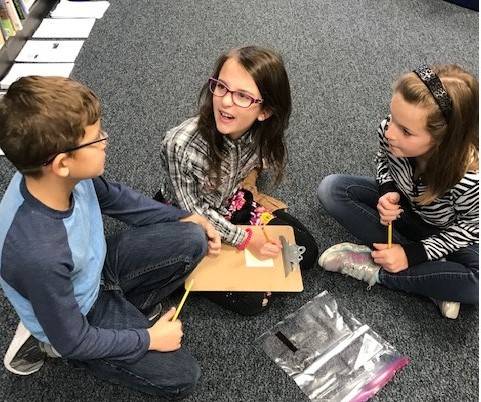
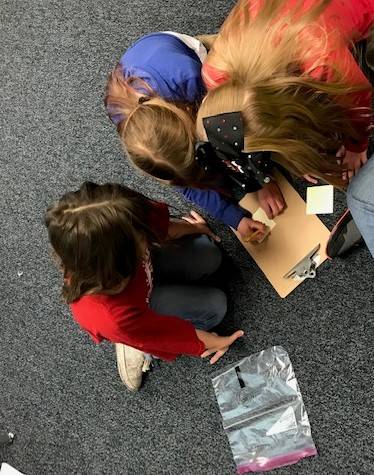

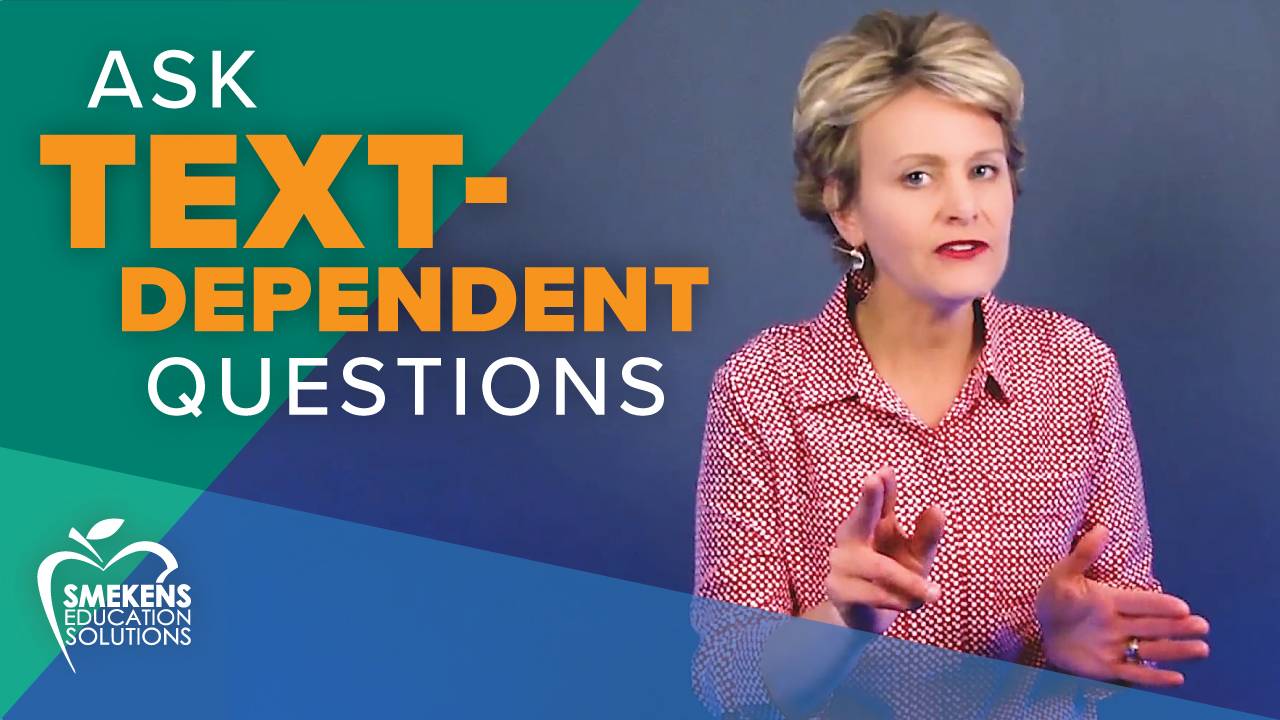
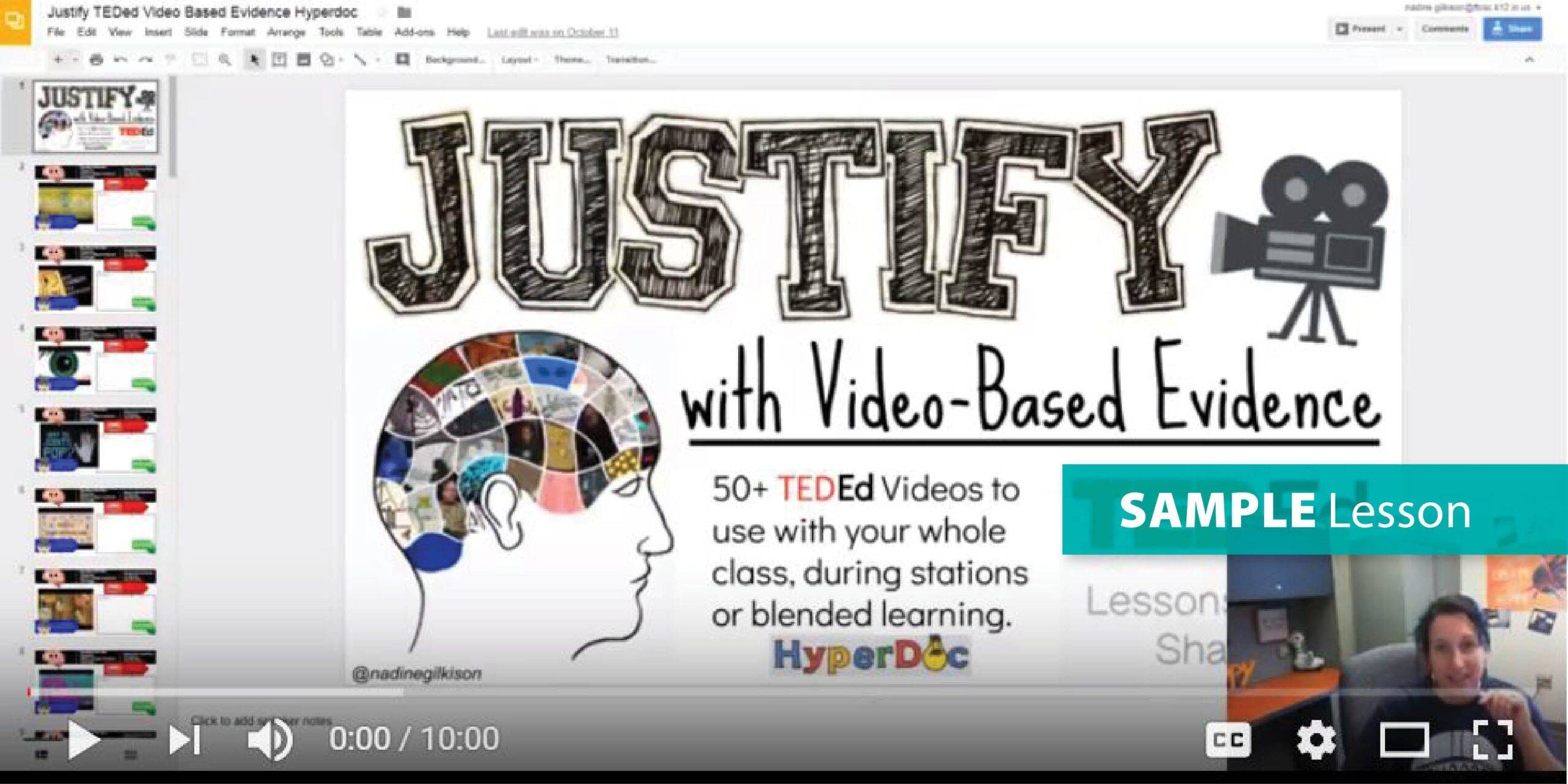
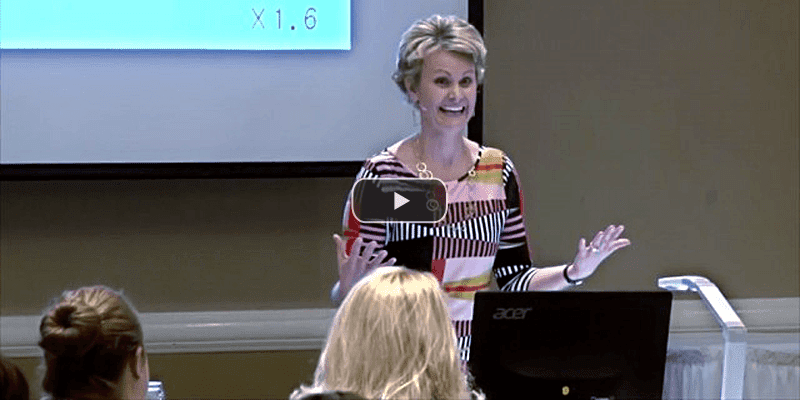
How about I use pictures instead of a sentence strip for kindergarten?
Nada–Love the way you’re thinking of ways to adapt different strategies for your kindergartners!